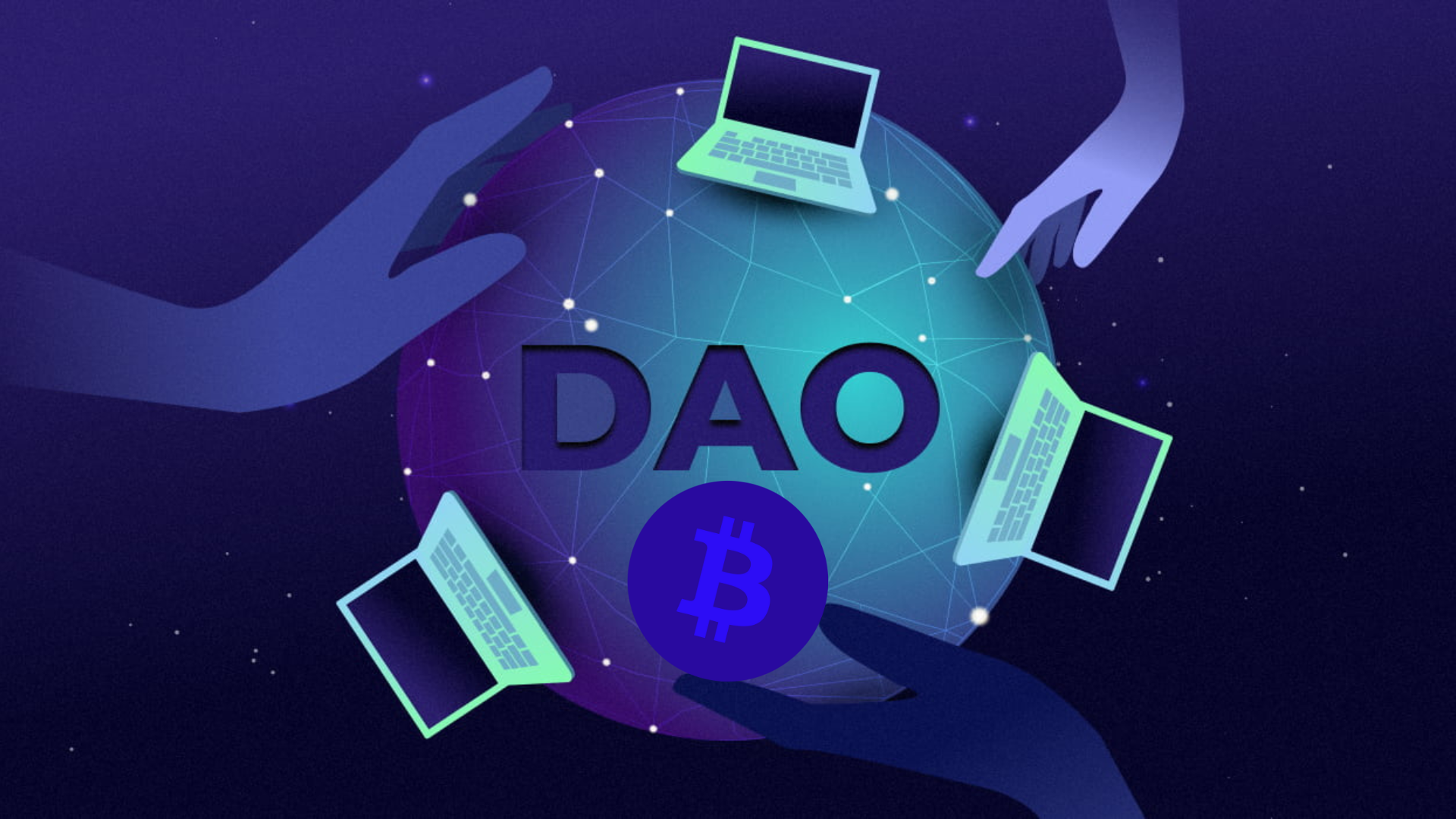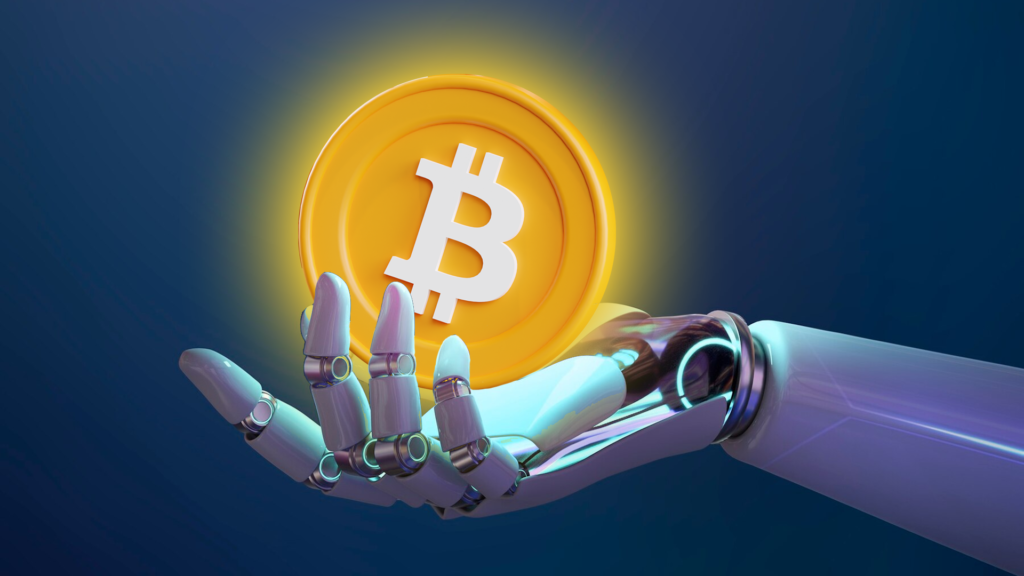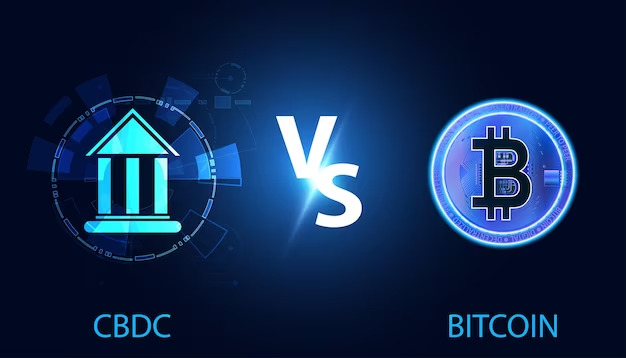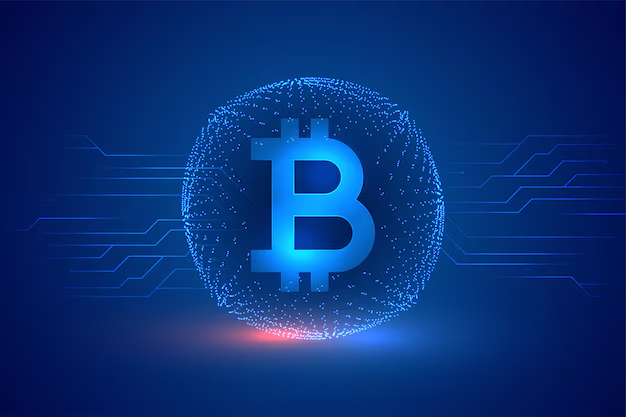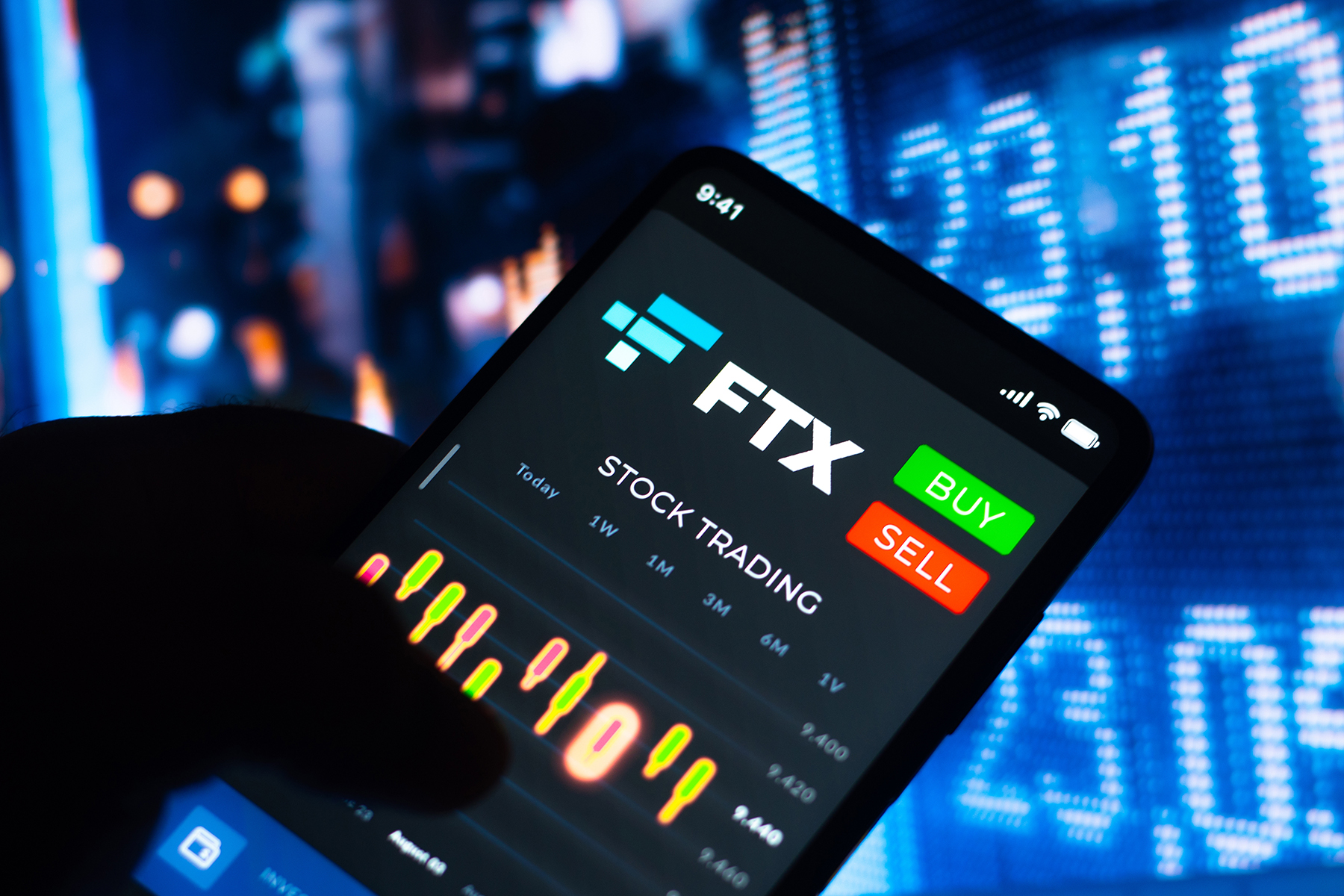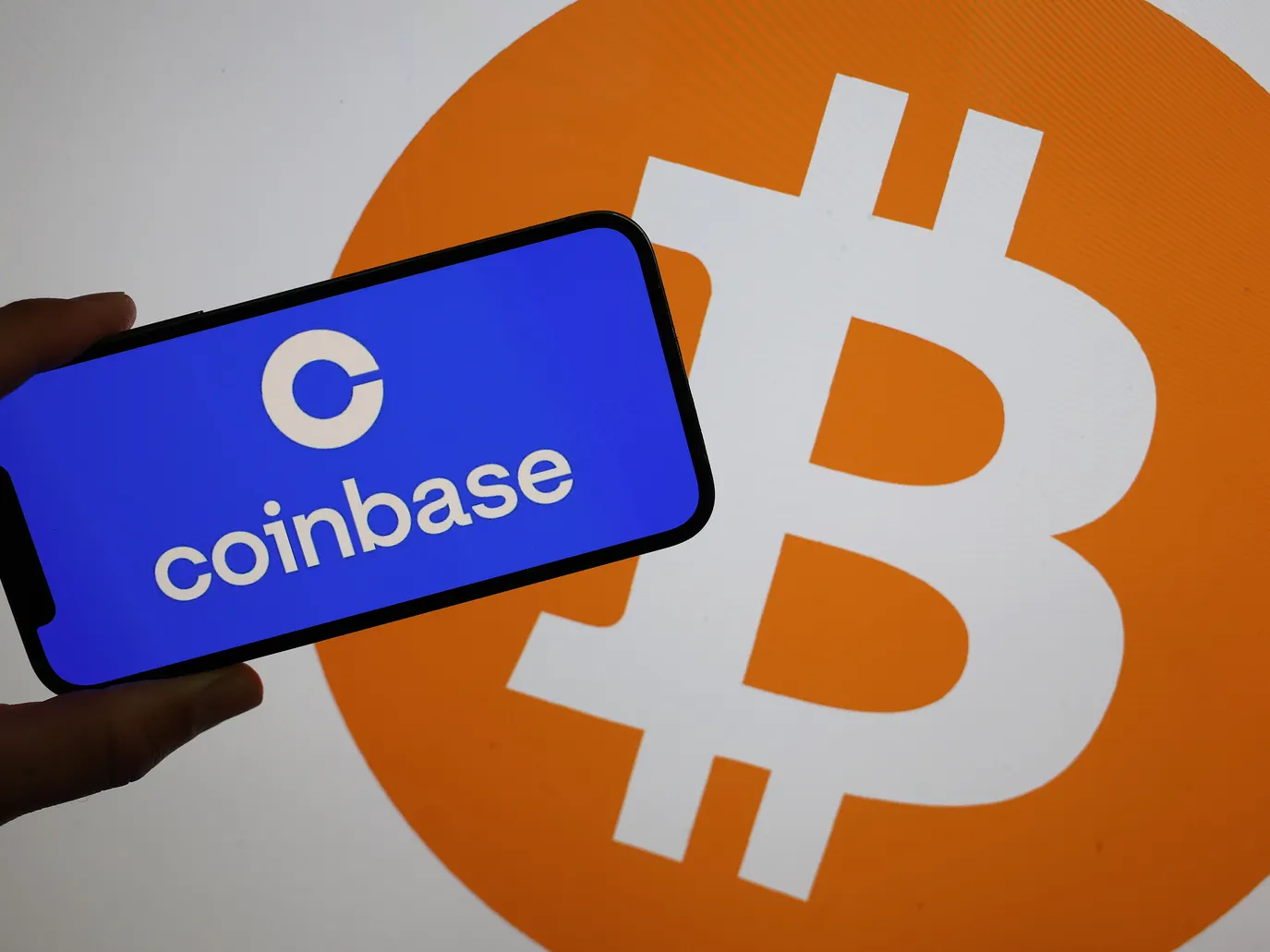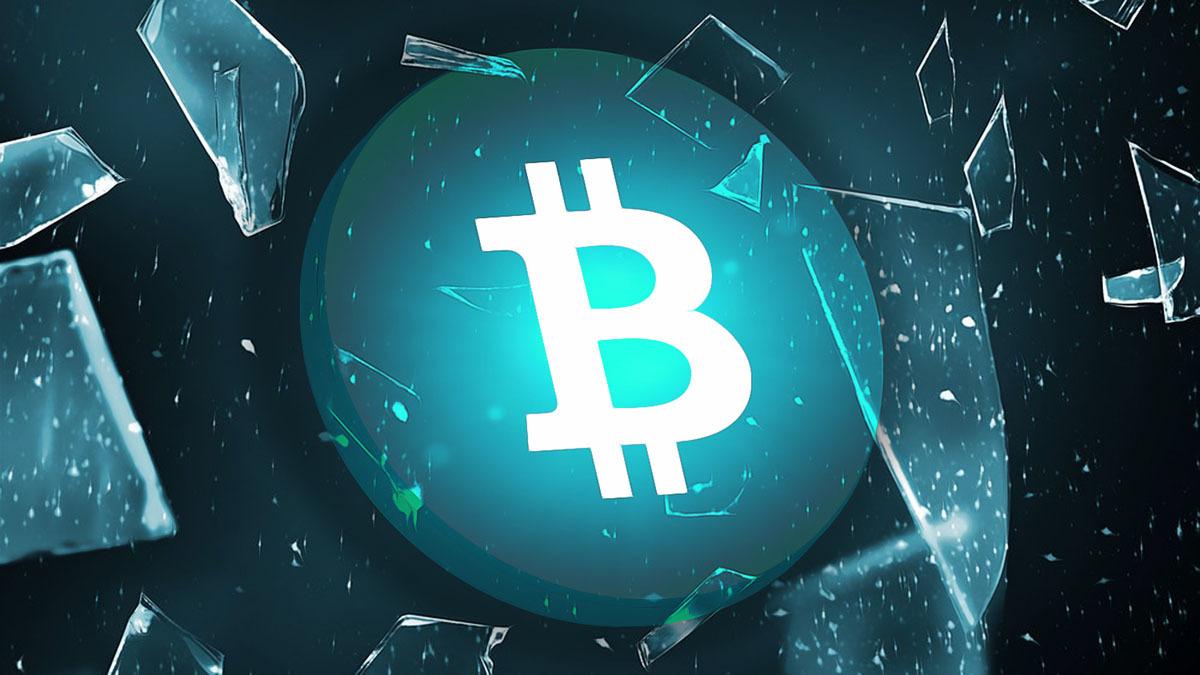Introduction
Bitcoin, the first and most famous cryptocurrency, has always stood for decentralization. It allows people to make transactions without relying on banks or governments. Now, a new concept called Decentralized Autonomous Organizations (DAOs) is building on Bitcoin’s idea of decentralization. DAOs use blockchain technology to create organizations that run without a central authority. This blog will explore how Bitcoin and DAOs work together and what this means for the future.
Decentralized Autonomous Organization (DAO):
What is Bitcoin?
Bitcoin is a digital currency created in 2009 by an unknown person or group of people using the name Satoshi Nakamoto. It allows people to send and receive money without a central authority like a bank. Transactions are verified by network nodes through cryptography and recorded in a public distributed ledger called a blockchain. Bitcoin is decentralized, meaning no single entity controls it.
What are DAOs?
Decentralized Autonomous Organizations (DAOs) are organizations that operate through rules encoded as computer programs on a blockchain. These rules are transparent and controlled by the organization’s members. DAOs do not have a central leader. Instead, decisions are made collectively by voting with tokens.
How Do Bitcoin and DAOs Work Together?
Shared Principles of Decentralization: Both Bitcoin and DAOs are built on the principle of decentralization. Bitcoin removes the need for banks in financial transactions, while DAOs remove the need for centralized leadership in organizations.
Financial Operations: Bitcoin can be used within DAOs for various financial operations. For example, members of a DAO can use Bitcoin to vote on proposals, fund projects, or pay for services. This enhances the financial autonomy of DAOs.
Smart Contracts: DAOs use smart contracts to automate processes. Smart contracts are self-executing contracts with the terms of the agreement directly written into code. While Bitcoin’s blockchain does not natively support complex smart contracts like Ethereum, some DAOs use Bitcoin for simpler financial transactions and use other platforms for more complex operations.
Security and Transparency: Both Bitcoin and DAOs prioritize security and transparency. Bitcoin’s blockchain is highly secure due to its decentralized nature and cryptographic techniques. Similarly, DAOs operate transparently, with all actions recorded on the blockchain and visible to all members.
What is DAO and How Do They Work?
Examples of Bitcoin-DAOs Synergy
BitDAO: One of the largest DAOs, BitDAO, aims to support projects that build the decentralized economy. It uses Bitcoin to fund various blockchain projects, helping to foster innovation in the crypto space.
DeFi Projects: Decentralized Finance (DeFi) projects often use Bitcoin as collateral in their DAOs. This allows users to earn interest, take out loans, and participate in financial markets without traditional intermediaries.
Benefits of Bitcoin and DAOs Working Together
Enhanced Decentralization: By combining Bitcoin’s decentralized currency with DAOs’ decentralized governance, we achieve a higher level of decentralization in both finance and organizational management.
Increased Trust: The transparency and security of both Bitcoin and DAOs can increase trust among participants. Every transaction and decision is recorded on the blockchain, reducing the risk of fraud and corruption.
Financial Inclusion: DAOs powered by Bitcoin can provide financial services to people who are unbanked or underbanked. This can help promote financial inclusion globally.
Innovation: The synergy between Bitcoin and DAOs can lead to new innovations in the blockchain space. By combining decentralized finance with decentralized governance, new and exciting projects can emerge.
Challenges and Considerations
Regulation: Both Bitcoin and DAOs face regulatory challenges. Governments are still figuring out how to regulate these decentralized systems. This can create uncertainty for users and developers.
Scalability: As both Bitcoin and DAOs grow, scalability becomes an issue. The Bitcoin network can become slow and expensive during high transaction volumes, and DAOs can face challenges in managing a large number of participants.
Security Risks: While both systems are designed to be secure, they are not immune to attacks. Smart contract vulnerabilities and hacking incidents can pose risks to DAOs.
Conclusion
Bitcoin and DAOs represent the future of decentralization in finance and governance. By working together, they can create a more transparent, secure, and inclusive financial system. However, challenges remain, and it will take time and effort to address these issues. The synergy between Bitcoin and DAOs is a promising development that could significantly impact how we think about money and organizations in the digital age.
